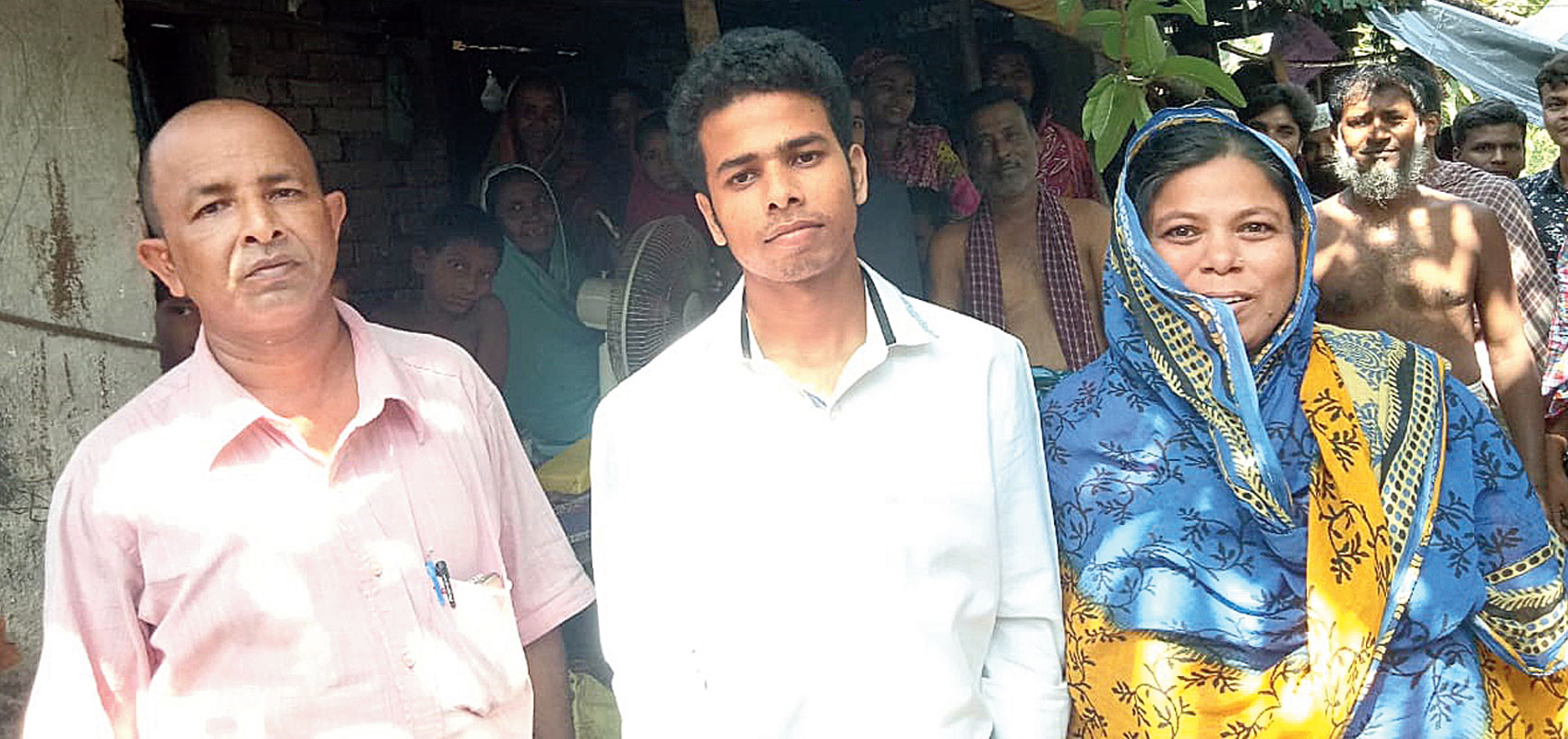As many as 137 students were among the top 10 and two notched up the highest score — 99.6 per cent — in the Higher Secondary exams, the results of which were declared on Monday.
Twenty-six students shared the 10th position scoring 99.2 per cent.
“This is the first time since the Higher Secondary plus-II course was introduced 40 years ago that the names of so many students figure among the top 10,” said an official of the West Bengal Council of Higher Secondary Education, which conducts the plus-II examinations.
“The narrow gap between the highest and 10th highest scores — 0.4 per cent — is also something that was never witnessed before,” council president Mahua Das said.
In 2018, 80 students were among the top 10. The top score was 99.2 per cent and the 16 students who shared the 10th slot scored 96.2 per cent.
This year 7,818 candidates were awarded the highest grade — O (90 per cent or more in aggregate). Last year’s count was 5,248.
Many teachers of Higher Secondary schools attributed the rise in the number of high scorers to the council’s decision to introduce multiple choice and objective questions a few years ago.
The Delhi-based Central Board of Secondary Education (CBSE) and the Council for Indian School Certificate Examinations, which conducts the ISC exams, had introduced multiple choice and short answer questions nearly a decade ago.
Many teachers said liberal assessment by the state HS council would help students from Bengal to be on a par with those passing the ISC and CBSE (Class XII) exams.
“The physics and chemistry papers have multiple choice and short answer questions carrying 24 marks. In maths, 10 marks are allotted for multiple choice and short answer questions,” said Siddhartha Bhattacharya, a teacher of mathematics at St Lawrence High School.
“The number of high scorers at our school has increased considerably this year. This shows the changes introduced by the council are bearing fruits.”
A section of teachers Metro spoke to, however, questioned the assessment and was of the opinion that the high scores did not necessarily mean that students were learning more.
“The high scores by the students of the Delhi boards are not just because of the multiple choice and short answer questions,” a teacher said. “The ISC and CBSE schools have enough qualified teachers and adequate facilities to ensure that the students learn the subjects well.”
He wondered whether the state-aided Higher Secondary schools had the same facilities.
“The high marks do not necessarily mean that the students are learning the subjects well. They are just being taught to crack the exams. Making the examination system scoring only to compete with other boards can be dangerous,” the teacher said.
The pass percentage in this year’s Higher Secondary exams stands at 86.29, the highest ever in the council’s history, Das said. Last year’s pass percentage was 83.75 per cent.
As many as 7,77,266 students appeared in the examinations, which started on February 26 and continued till March 15.











